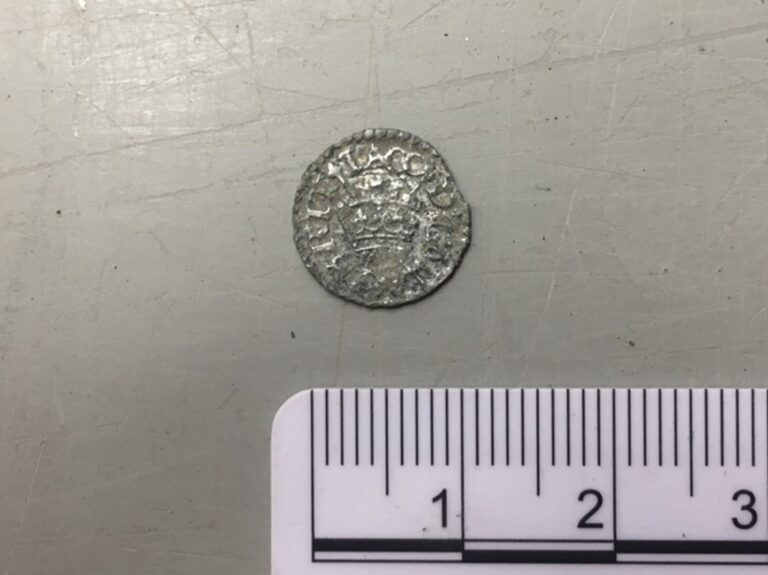
Strip, Map, Record
Before we begin the main construction work on our project in the North Wessex Downs National Landscape, there are a number of important surveys and preparatory work we need to undertake.
National Grid has been working closely with Wiltshire Council and Historic England in developing the project plans and agreed that archaeological surveys will be carried out prior to construction.
We have appointed Wessex Archaeology to conduct these archaeological works, which will be taking place from the first week of January 2024 and are expected to continue until the end of March 2024.
As this activity gets underway, we’ve asked Ruth Panes, the project manager at Wessex Archaeology in charge of the work to tell us what to expect:
How big will the trial trenches be? How many will you be digging?
We will be undertaking open excavation, a method knows as ‘Strip, Map and Record’. The trenches will vary in size from 2,500m2 up to 30,000m2. There are seven main areas that will be excavated, with this map showing where they are being located.
What machinery will we be using to dig the trial trenches?
Mechanical diggers will be used to remove the topsoil. In areas where spoil cannot be placed adjacent to the excavation areas, we may also need to use some dumper trucks. Expert archaeologists working for us will then excavate each trench by hand to locate and assess any archaeology present.
Once the trench is opened, how will the archaeologists then investigate?
After the areas are stripped, they are then mapped with survey equipment to produce a plan of the area. Archaeologists are present to supervise the stripping and survey. As soon as there is a safe distance from the ongoing stripping operations for archaeologists to work in the area, hand excavation of the potential archaeology starts.
The archaeologists hand excavate slots through archaeological features in order to understand the date and function of the features and produce records of their work. They recover artefacts and take environmental samples where required to better understand the past environment. A key aim is to understand and characterise the archaeology present, and create a record of the archaeology (often referred to as preservation by record). Only archaeological remains which will be affected by the project are investigated, with an aim to not disturb any remains unnecessarily.
How long will each trench be open and what happens when you have finished?
The excavation areas will be left open until archaeological investigations are completed and the area has been inspected by the monitoring archaeological officers from Wiltshire Council’s Archaeology Service. For works within the Registered Roundway Battlefield, Historic England are also consulted. Monitoring and inspections will take place throughout the fieldwork and the final monitoring visits is normally undertaken in the last week. These areas will then be backfilled, covered over and returned to its former state.
How will the public be prevented from falling in?
The areas will be clearly demarcated and separated with signs and fencing. There will be sloped access points to excavation areas to allow safe access for the team and ensure there are no hazards posed to wildlife. Hand excavation slots are not sloped but are individually fenced if considered deep excavations. If deep excavations are required (generally over 1.2m in depth), they are immediately backfilled following excavation after recording and are not left open or unattended.
What happens if you find anything of interest? Where will it go?
Initially, any finds will go to Wessex Archaeology’s offices where they will be processed and assessed by specialists. Specialist reports will be included in the fieldwork report and once all assessment and analysis are complete, the finds are deposited with the designated museum.
Should any significant finds be made, we will work with the County Archaeologist and Historic England to work out the best way to manage them – including sharing the information with the public if appropriate. The designated local museum where the archive will be deposited from the investigations is Wiltshire Museum in Devizes.
Will you need to use Conscience Lane?
Some of the vehicles and machines required for this essential work will need to temporarily use Conscience Lane for around five weeks from mid-February to late-March to access the site.
Here, site traffic will be kept to a minimum and involve some initial deliveries of machinery, welfare units and steel mats (which will be laid at field entrances and along an agreed route to a nearby temporary compound). Each day there will be around four or five site vehicles each morning and evening for transporting the archaeology teams, as well as a weekly service for the welfare unit.
At the end of the works the machines and steel mats will be collected and removed from site.
What are your working hours for this activity?
The proposed site hours are 8.00am to 4.00pm.
Will you clean up any mud on the roads that your vehicles leave behind?
Yes, mud on the road is a hazard that should not occur. The use of steel mats should greatly reduce the potential for mud being deposited by site vehicles. Site vehicles will also not be driving across fields. Archaeologists will walk from the temporary compounds to the excavation areas, so site vehicles should only need to use the steel mats. Wheel washes and road sweepers can also be deployed as additional measures if necessary.


